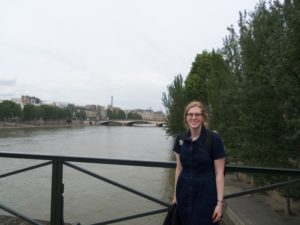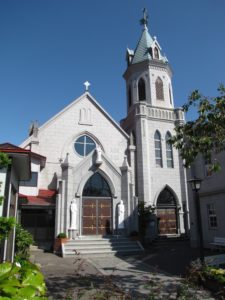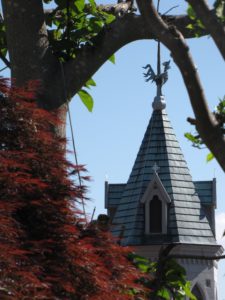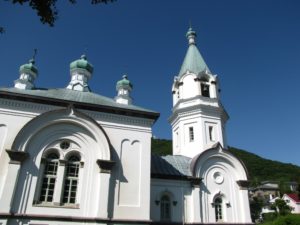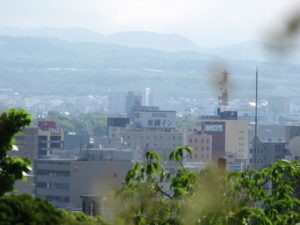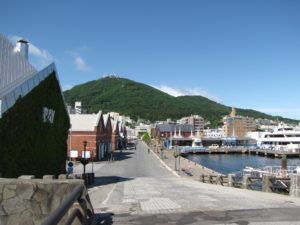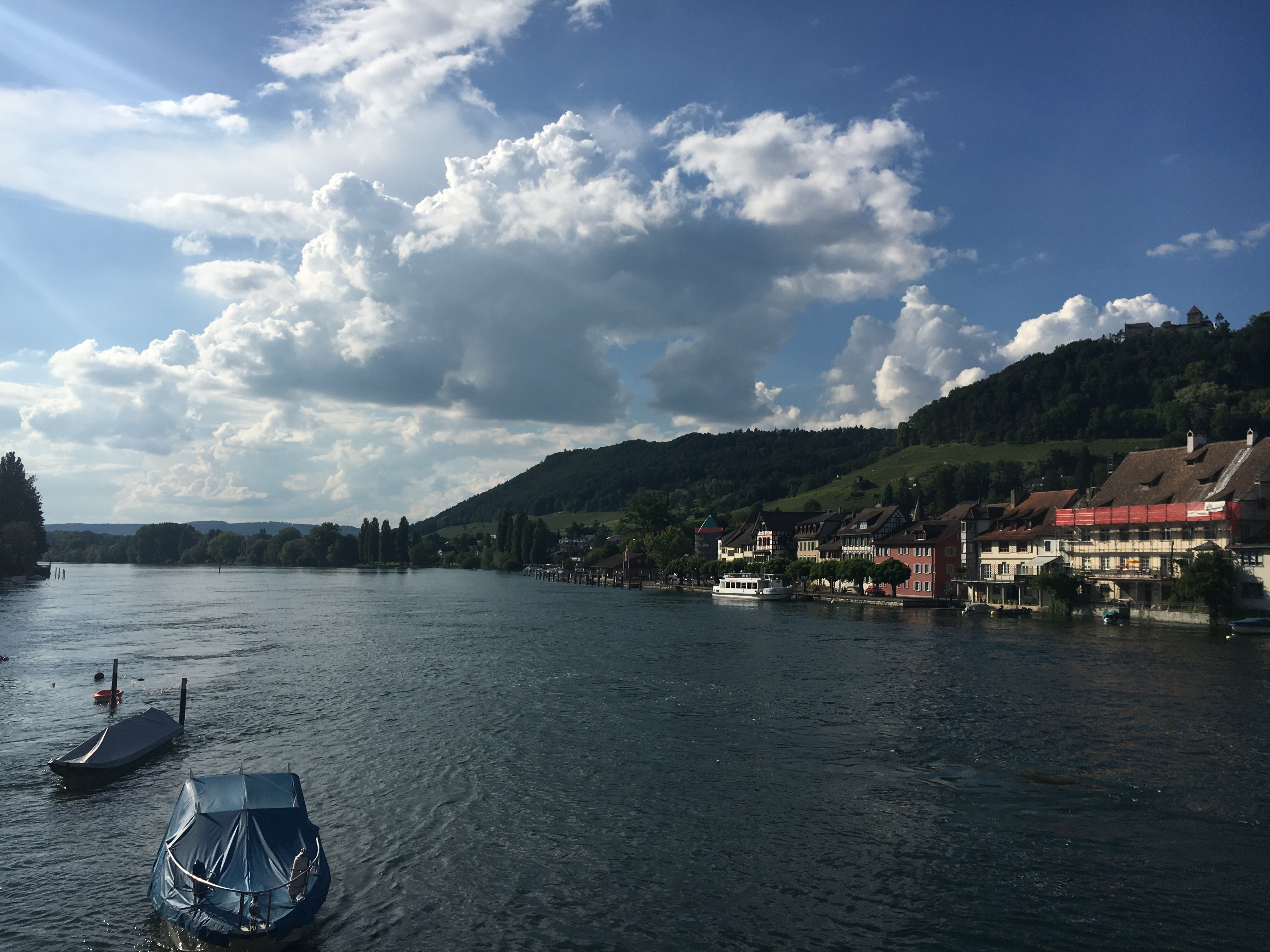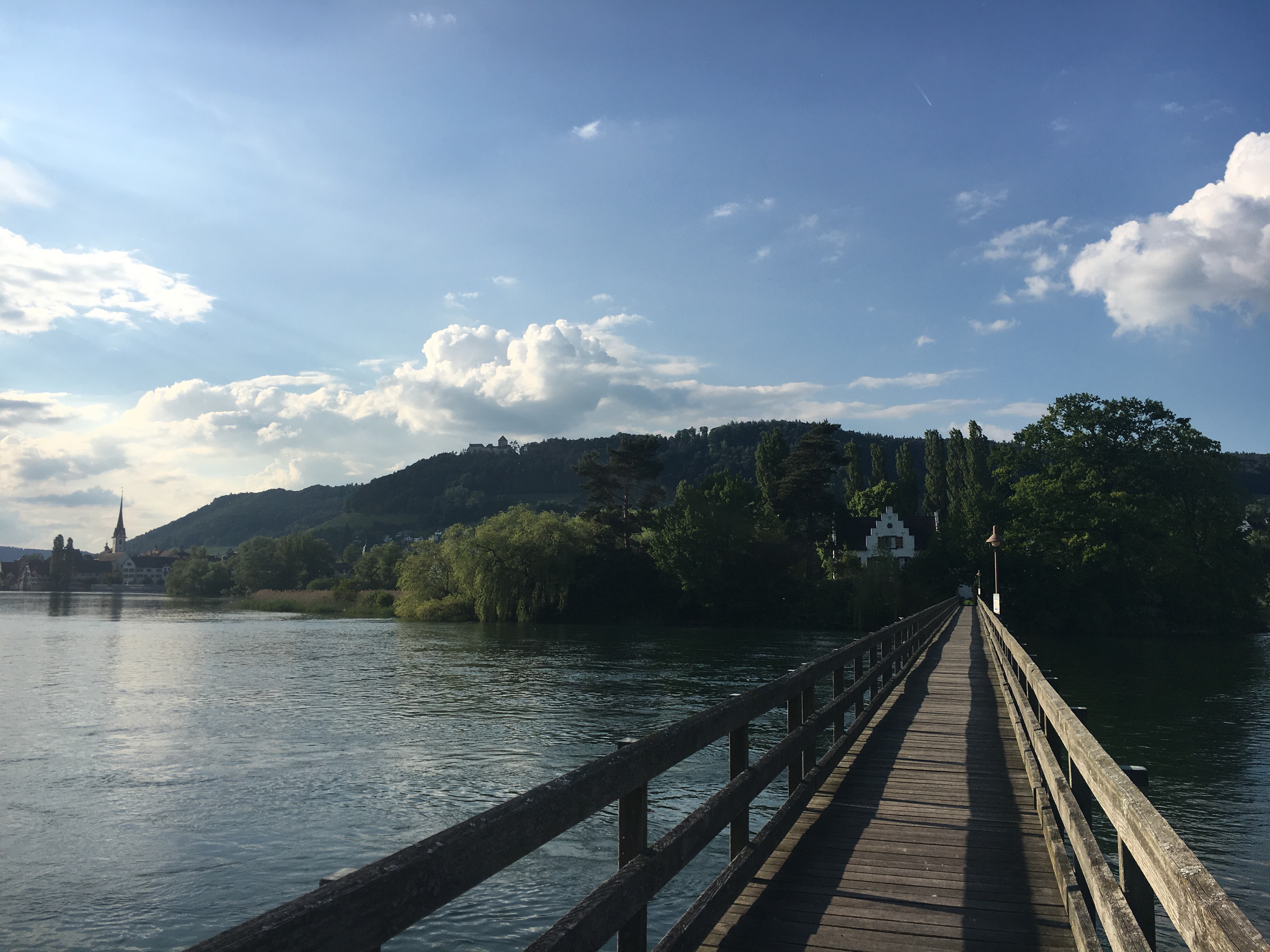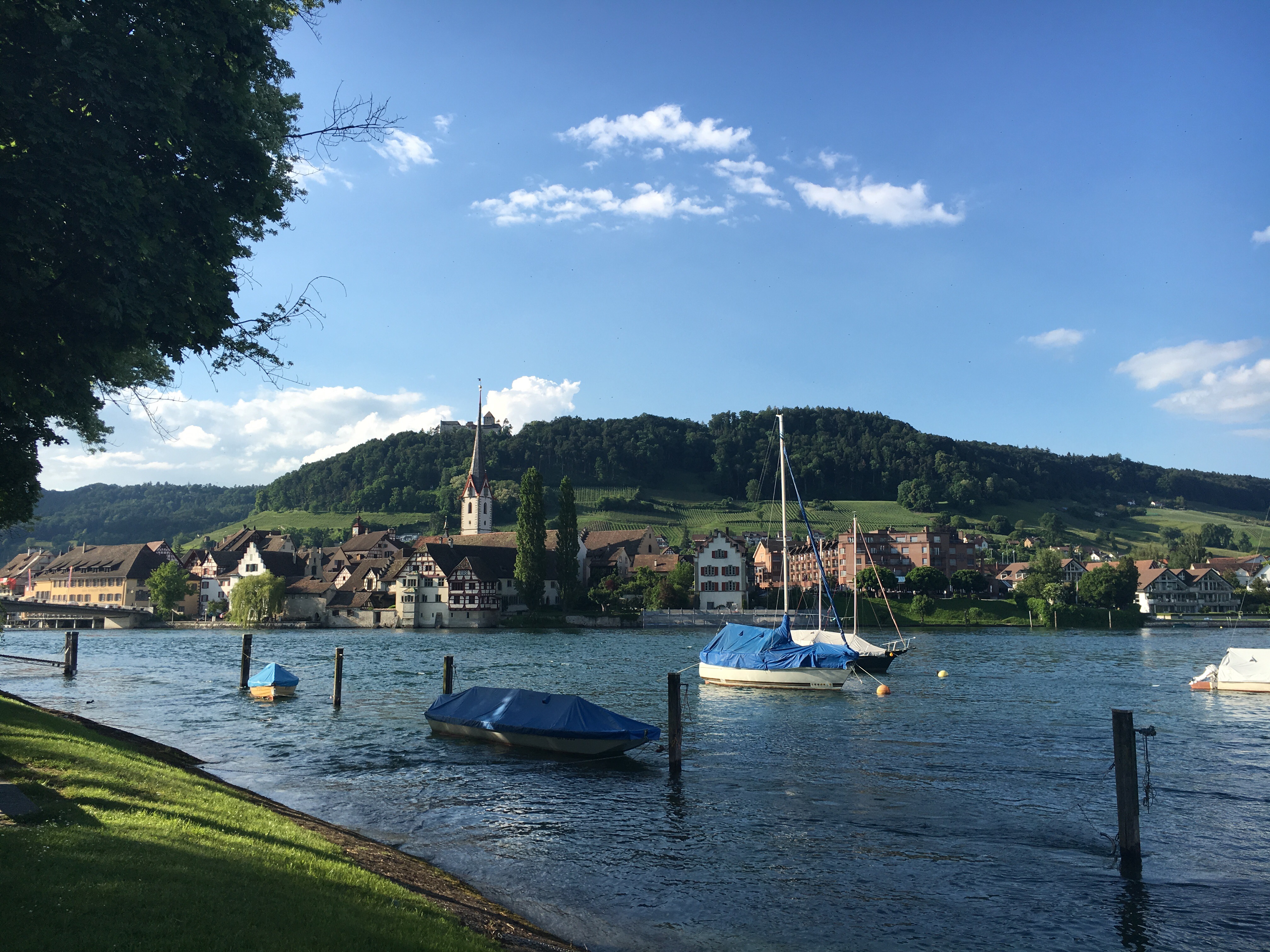I’ve already spent two weeks in Buenos Aires and I feel like time is flying, but at the same time going by slowly because of all the stuff I’ve been able to do. School is going really well. I have no problem understanding my professor at all (and most people here), and I also feel a lot more comfortable speaking the language. Pictured below is me giving my first oral presentation on a piece of art, titled ‘Tactics of non-existence’ that caught my eye at MALBA.
One of my favourite things about Argentina is the food. Because they love bread here, you can find a bakery on every block, on top of all the cafes and restaurants around every corner. Fortunately (or unfortunately), there’s a bakery right next to my apartment and my roommates and I go there at least once a day. I already said goodbye to my summer bod. It’s not like I need it here since it’s getting cold here, with the daily temperature varying between 35 and 55 Fahrenheit. To be honest, I did not expect it to be this cold, and as a result did not pack adequately. Thankfully, I have lived in South Bend for 2 years now, and have built a tolerance for cold, while mastering the art of layering.
Argentina also made me drink tea (about 3 cups a day). It warms me up and is kind of essential for merienda, (tea time). The eating habits of Argentines are very different from that of Americans. First, breakfast usually only consists of a cup of tea or coffee with toast (or nothing). Then, everything else is pushed back a couple of hours. Lunch, which is an important meal, is eaten at around 1 or 2 p.m., and dinner is normally served at 8.30 or 9 p.m.. Due to this very late dinner time, one has to have merienda, also very important, in the late afternoon to make it through the day. The first week, this confused me, but I have now found a good rhythm that prevents me from starving when then clock hits 7 p.m..
Another interesting thing about Argentina is that a lot of people here are of Italian descent. This explains why they really like pasta and also why Argentines sound like Italians speaking Spanish. It’s a very peculiar accent.
Last weekend I had the opportunity to visit La Catedral Metropolitana de Buenos Aires, a beautiful Cathedral located on Plaza de Mayo, where the mausoleum of San Martín (guarded 24/7) can be found.
What else is new? I joined a interexchange conversation program where I get to practise my Spanish while students from La Universidad de Belgrano practise their students. I love it because it’s a good way to meet new people from Buenos Aires and to get advice about things to do in the city.
Looking to get to know more of BA in the coming weeks!
P.s. A porteño is someone from the city of Buenos Aires




 I arrived at Gallaudet University at about 7pm yesterday, after a long 2-day drive from South Bend. As I drove through the gates of the university, I was greeted by banners that said, “Gallaudet University – There is No Other Place Like This in the World.” I must admit feeling a little nervous as I entered the campus. There is indeed no other place like this in the world. Gallaudet is the only Deaf university in the world where American Sign Language is the vernacular. As I pulled up to the guard post, a cheerful African American security guard greeted me in ASL. I didn’t know if she could hear, so I signed “I NEW HERE. DORM WHERE?*” It occurred to me that this was it. I was geographically entering a Deaf World!
I arrived at Gallaudet University at about 7pm yesterday, after a long 2-day drive from South Bend. As I drove through the gates of the university, I was greeted by banners that said, “Gallaudet University – There is No Other Place Like This in the World.” I must admit feeling a little nervous as I entered the campus. There is indeed no other place like this in the world. Gallaudet is the only Deaf university in the world where American Sign Language is the vernacular. As I pulled up to the guard post, a cheerful African American security guard greeted me in ASL. I didn’t know if she could hear, so I signed “I NEW HERE. DORM WHERE?*” It occurred to me that this was it. I was geographically entering a Deaf World! I haven’t had a chance to explore the campus yet, but hope to do so soon. Thus far, I’ve been struck by how similar the campus
I haven’t had a chance to explore the campus yet, but hope to do so soon. Thus far, I’ve been struck by how similar the campus

